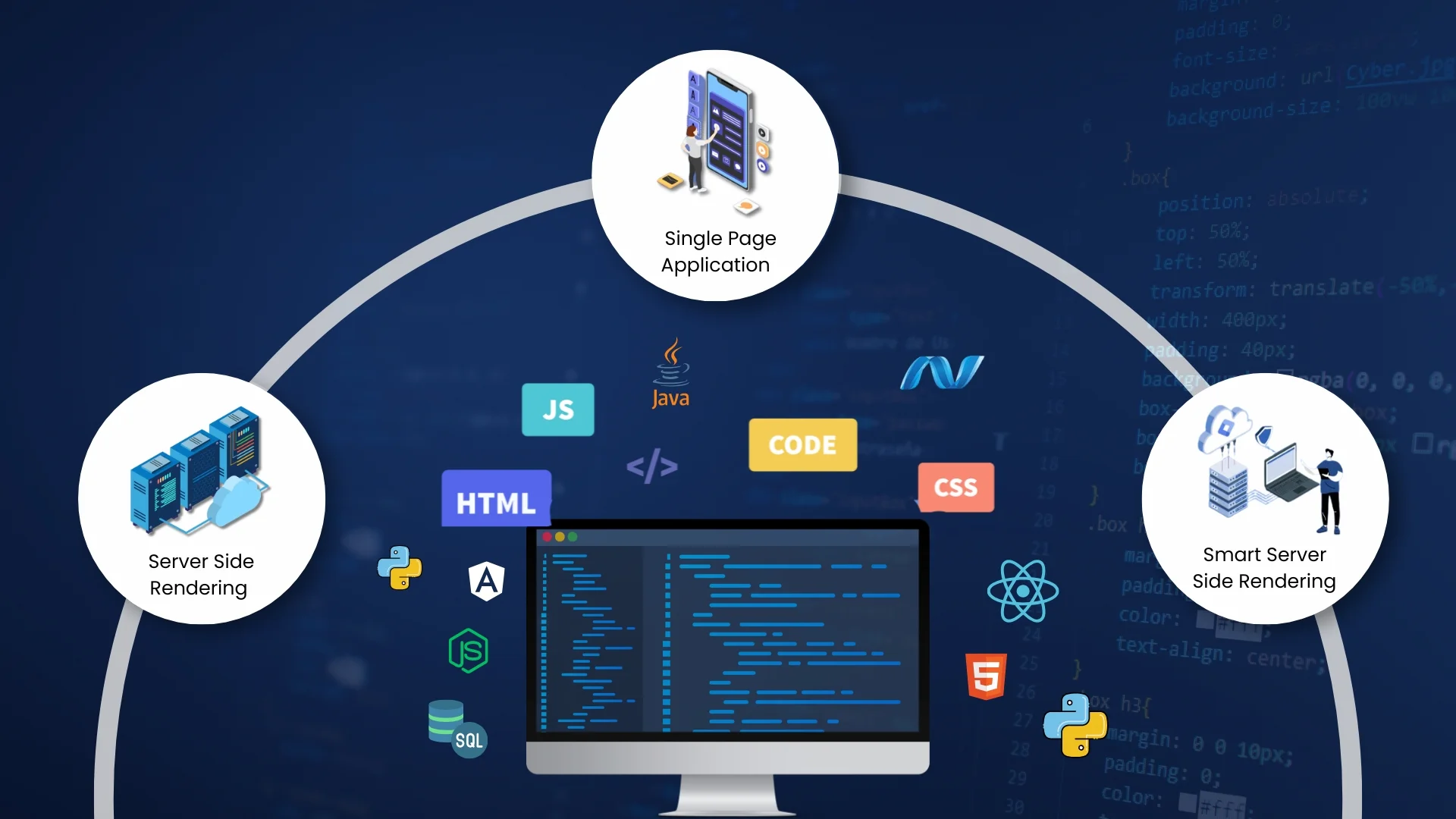Introduction
Data modeling involves the creation of conceptual, logical, and physical models, which may or may not include visual representations. It primarily focuses on defining data structures, relationships, and constraints to ensure accurate and efficient data management within an organization’s database systems. Data modeling is the process of creating a visual representation of data structures and relationships to facilitate understanding, communication, and analysis within an organization’s database systems, enabling effective decision-making and system design.
Let’s delve into all the techniques we can use for effective and efficient data modeling with our guide.
Table of Contents
Data Modeling Techniques
UML (Unified Modeling Language) Modeling
UML serves as a standard language for visualizing, specifying, constructing, and documenting software systems. It provides a set of graphical notations to represent system design elements, including classes, objects, relationships, and behaviors, aiding software engineers, designers, and analysts in communicating system designs across various industries.
Dimensional Modeling
Dimensional modeling involves designing data warehouses using facts (measures) and dimensions. Facts represent the numeric data being analyzed, while dimensions are descriptive attributes that provide context to the facts. This technique optimizes for query performance and analytical reporting, making it ideal for business intelligence and analytics environments.
Physical Data Modeling
Physical data modeling entails designing database schema at the physical level, defining how data is stored in the database. It includes decisions on data types, indexes, partitions, and storage allocation, optimizing for storage and performance in various database systems during the database implementation phase.
Logical Data Modeling
Logical data modeling focuses on representing data structure independent of specific database management systems. It defines entities, attributes, and relationships without considering implementation details, ensuring data integrity and consistency in early stages of database design projects.
Entity-Relationship Modeling
Entity-Relationship modeling is a technique for representing relationships between entities in a database. Entities represent real-world objects, and relationships define interactions between these objects. This modeling approach aids in modeling real-world entities and their relationships during the database design phase.
Relational Modeling
Relational modeling involves modeling data using relations, tables, and columns based on relational algebra and calculus. It organizes data in a structured manner, with tables representing entities and columns representing attributes, commonly applied in traditional relational database systems.
Object-Relational Modeling
Object-Relational modeling combines features of object-oriented and relational databases, allowing the modeling of complex data types and relationships. It extends relational databases to support object-oriented concepts such as inheritance, polymorphism, and encapsulation, suitable for projects needing intricate data structures.
Object-Oriented Database Model
Object-Oriented Database Model stores data as objects with methods and properties, providing a natural way to represent real-world objects and their relationships. It supports object-oriented concepts like inheritance, encapsulation, and polymorphism, commonly utilized in object-oriented software development and database systems.
Conceptual Data Modeling
Conceptual data modeling involves high-level modeling representing concepts and relationships between them. It captures business requirements and concepts without considering implementation details, aiding in understanding business needs and defining the scope of the system during the initial stages of system development.
Graph Data Model
Graph data model represents data as a network of interconnected nodes and edges, where nodes represent entities, and edges represent relationships between them. This model is suitable for representing complex relationships and networks, commonly used in applications like social networks and recommendation systems.
Network Technique
The network technique employs a hierarchical data model where records contain pointers to other records. It organizes data in a network structure, allowing one-to-many and many-to-many relationships between entities, often found in legacy systems and specialized applications.
Hierarchical Technique
This data model organizes data in a tree-like structure with parent-child relationships. It represents one-to-many relationships between entities, providing a simple and easy-to-understand structure, commonly used in legacy database systems and XML databases.
NoSQL Data Modeling
NoSQL data modeling involves designing databases not based on the traditional relational model. It prioritizes scalability, flexibility, and performance over strict consistency, making it suitable for big data systems and real-time analytics.
Temporal Data Modeling
Temporal data modeling focuses on modeling data with a time aspect, capturing data changes over time. It enables tracking historical data changes and performing temporal queries, valuable for applications requiring historical data analysis and time-series databases.
Fact-Based Modeling
Fact-Based modeling emphasizes modeling facts, dimensions, and attributes to represent business processes. It provides a clear representation of business processes and their associated metrics, commonly used in business intelligence and decision support systems.
Data Vault Modeling
Data Vault modeling is optimized for data warehousing and historical data storage, offering scalability and flexibility for large-scale data integration projects. It employs a hub-and-spoke architecture to store raw data in a granular form, facilitating historical data tracking and auditing.
Key-Value Data Modeling
Key-Value data modeling stores data as key-value pairs, offering a simple and flexible structure for unstructured data. It allows efficient storage and retrieval of data without a predefined schema, commonly used in NoSQL databases and caching systems.
Document Data Modeling
Document data modeling organizes and stores data as documents, often in JSON or XML format. It provides a flexible schema and efficient storage for hierarchical data, commonly used in document databases and content management systems.
Normalization and Denormalization
These techniques organize relational database tables to minimize redundancy and ensure data integrity. Normalization involves decomposing tables to reduce data redundancy, while denormalization involves reintroducing redundancy to improve query performance, commonly applied in relational database systems during the database design phase.
Snowflake Schema
Snowflake schema extends the star schema by normalizing dimensions into multiple related tables. It reduces data redundancy and improves query performance by eliminating repeating groups, commonly used in data warehousing projects and business intelligence systems.
Star Schema Modeling
In star schema modeling, one or more fact tables reference any number of dimension tables. Facts contain quantitative data, while dimensions provide context to the facts. This schema simplifies queries and provides quick aggregations, commonly utilized in data warehousing projects and business intelligence systems.
Watch the video to understand Applications of Data modeling and Data modeling
Conclusion
Sparity delivers cutting-edge data engineering and data science services tailored to meet your specific needs. Our guide on data modeling techniques provides valuable insights into optimizing data architecture for enhanced efficiency and performance. By leveraging our expertise, you can unlock the full potential of your data assets, driving informed decision-making and gaining a competitive edge. Trust Sparity to empower your organization with innovative solutions that drive growth and success.














